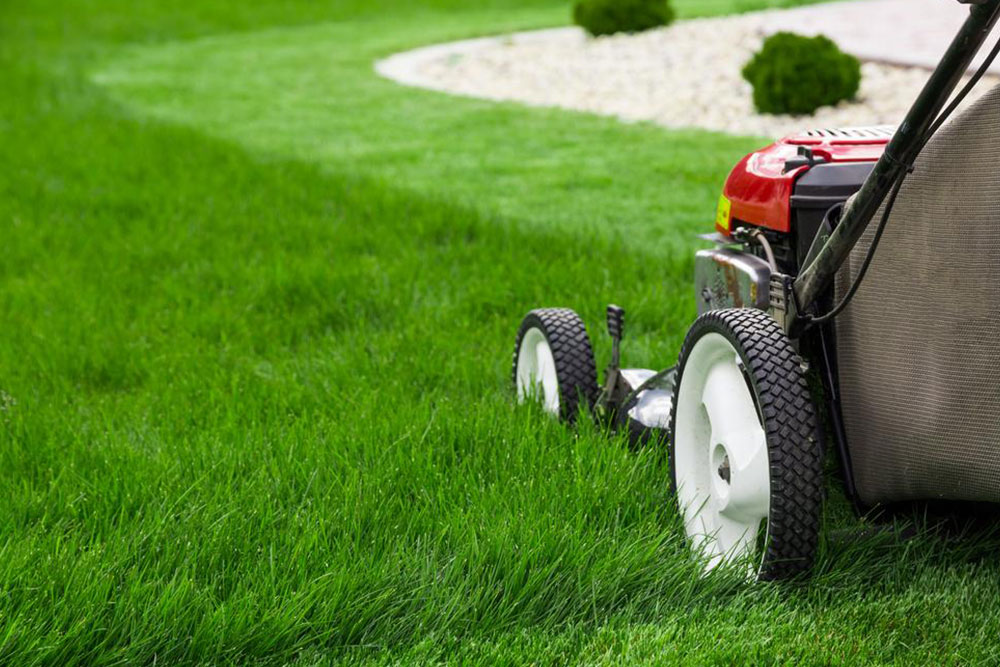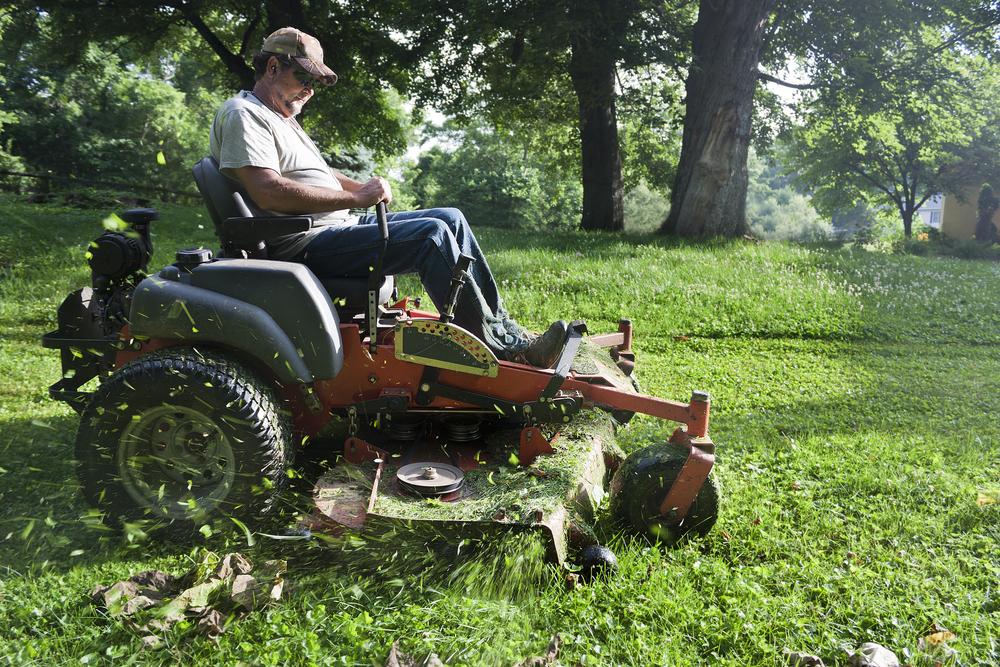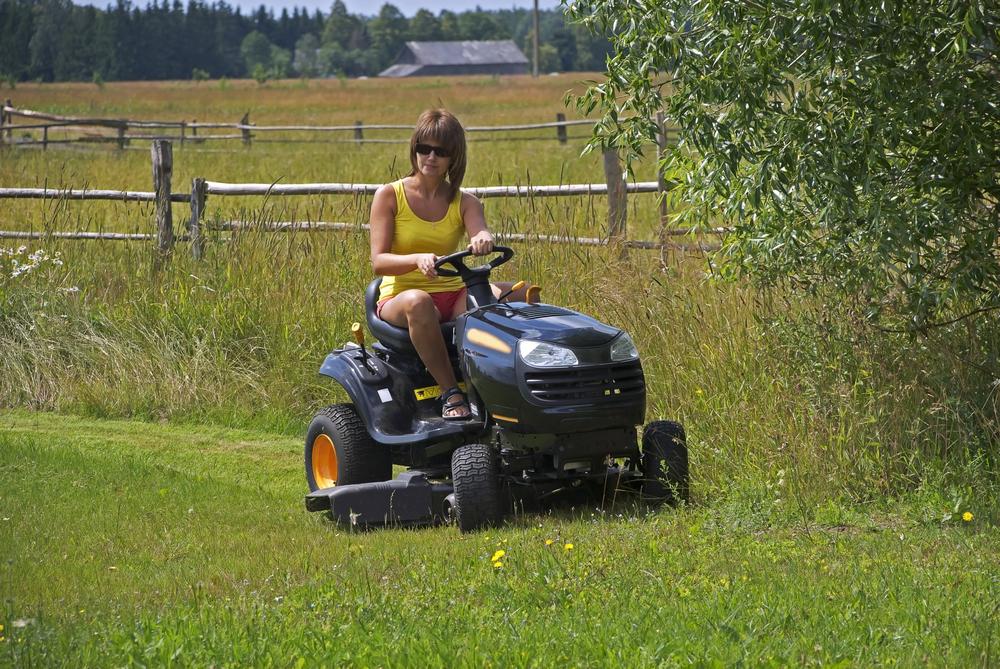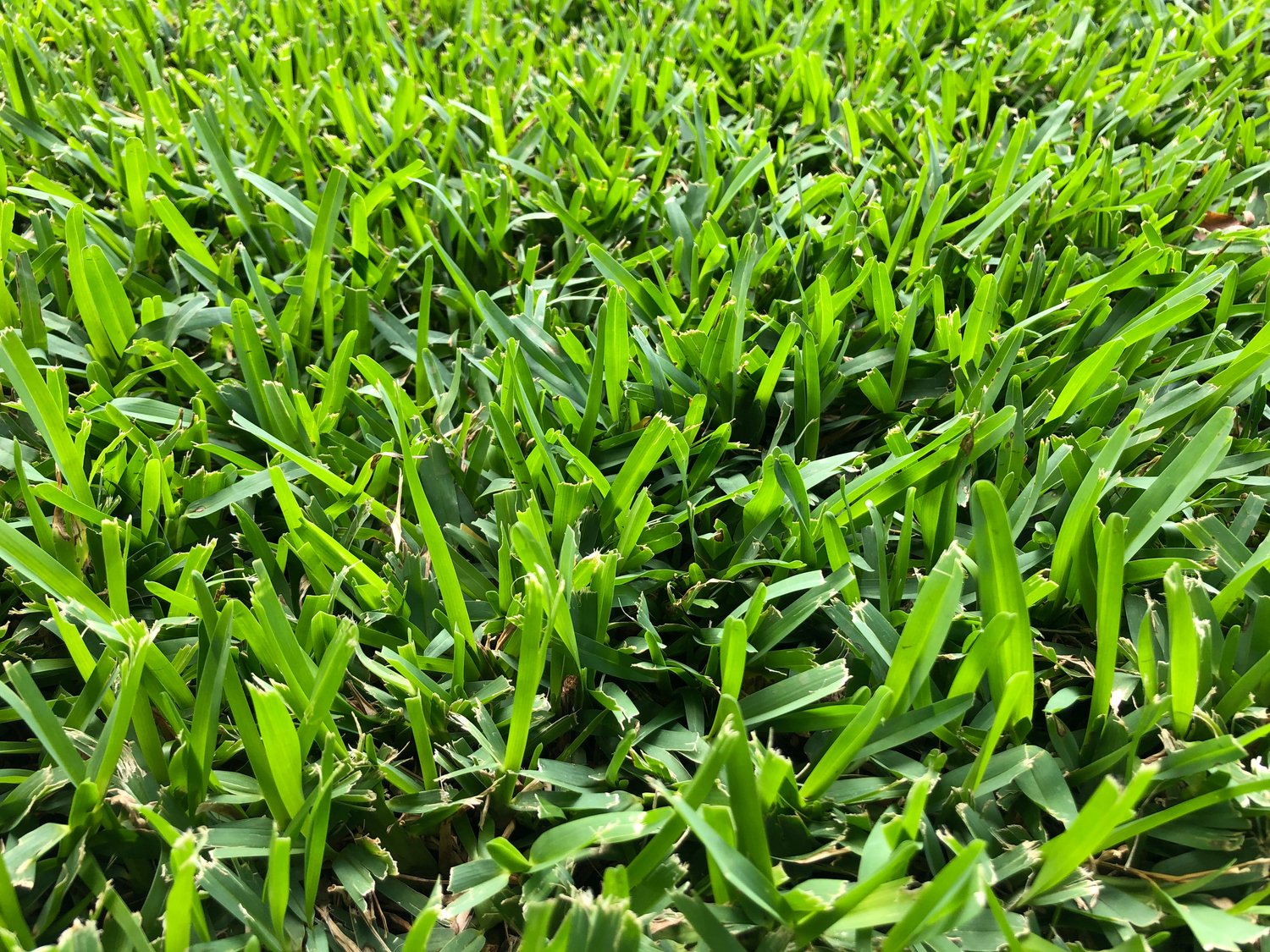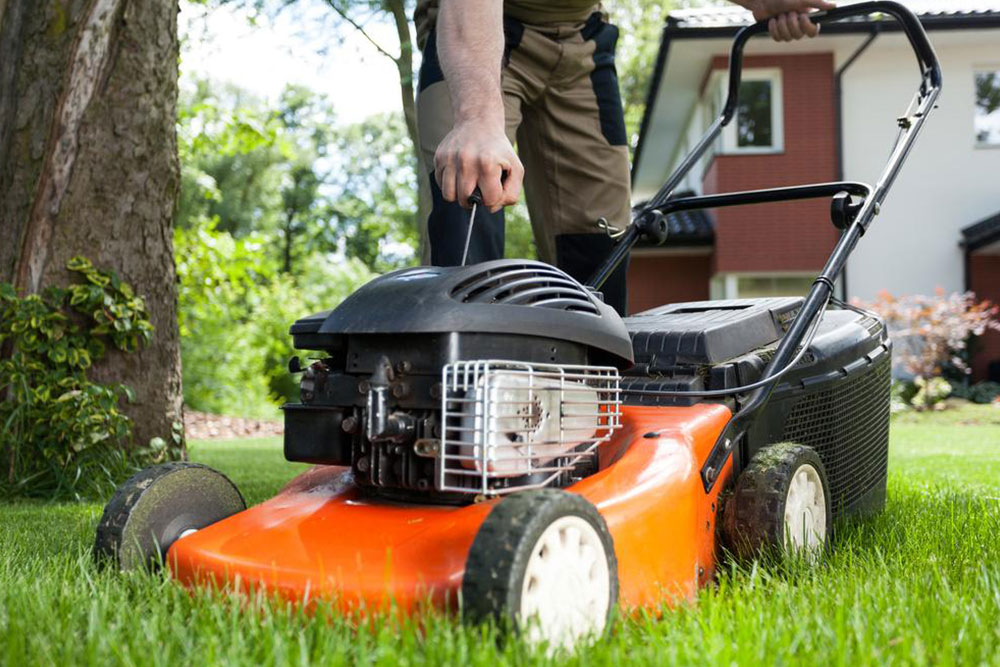Effective Strategies to Restore Brown Patches in Your Lawn
Discover effective methods to eliminate brown patches from your lawn. Learn about soil testing, dethatching, aeration, weed and pest control, proper watering, and soil nourishment. Implement these expert tips to promote healthy, green grass and achieve a lush outdoor space through regular maintenance and early intervention.

Effective Strategies to Restore Brown Patches in Your Lawn
Maintaining a vibrant, green lawn requires regular care and attention. Brown spots not only diminish the aesthetic appeal but can also signal underlying issues like pests or soil imbalance. Common causes include inadequate watering, heavy foot traffic, or excessive thatch buildup. Thankfully, targeted actions can help rejuvenate your grass and restore its lushness.
1. Test Your Soil pH
Healthy grass growth depends on proper soil conditions. Testing the soil's pH level reveals whether it is too acidic, neutral, or alkaline. Warm-season grasses flourish in acidic soils with a pH below 7, while cool-season grasses prefer a pH between 6 and 7.2. Using a simple pH testing kit can guide you on necessary amendments. Adding sulfur fertilizers can acidify soil, whereas lime can make it more alkaline, promoting optimal grass health.
2. Remove Excess Thatch
Thatch, a layer of dead organic material, can accumulate and hinder grass roots from accessing air, water, and sunlight. An excessive thatch layer can lead to dry, dying patches. Dethatching involves raking or using specialized tools to eliminate this barrier, allowing your grass to breathe and recover.
3. Aerate the Soil
Compacted soil prevents essential nutrients and oxygen from reaching the roots. Aeration creates small holes in the soil, improving airflow and water penetration. You can use spike or core aerators to perform this task, which helps promote healthy root development and prevents brown patches caused by poor soil conditions.
4. Remove Weeds
Invasive weeds like dandelions and white clover compete with grass for nutrients and water, contributing to patchy, brown areas. Manually uproot weeds or use appropriate herbicides to keep the lawn healthy. Consistent weed control prevents nutrient competition and encourages uniform grass growth.
5. Monitor for Pests
Pests such as grubs and insects can damage grass roots, resulting in brown patches. To identify infestations, inspect the soil and turf for signs like the presence of C-shaped grubs. Address pest issues with beneficial nematodes, organic treatments, or professional pest control services to protect your lawn.
6. Water Properly
Inadequate watering can cause grass to turn brown and dry out. Install a sprinkler system for consistent watering and do so during early morning or late evening hours to minimize evaporation. Proper hydration restores vitality and encourages lush, green growth.
7. Nourish the Soil with Topdressing
If soil lacks nutrients, grass can weaken and develop patches. Applying a layer of compost or organic matter—known as topdressing—provides essential nutrients, promoting healthy growth. Regular maintenance, including mowing, weed control, and soil checks, prevents brown patches and ensures a vibrant lawn.
By following these guidelines, you can effectively eliminate brown patches and maintain a lush, healthy lawn. Consistent care and early intervention are key to preventing future problems and enhancing your outdoor space’s beauty.

